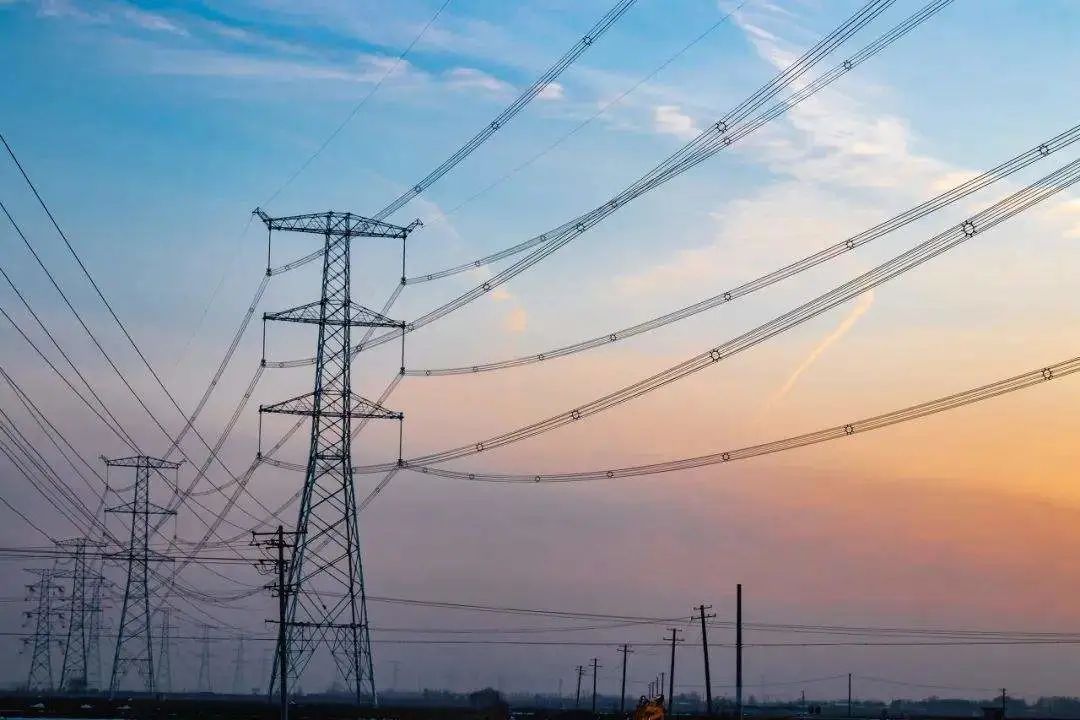

Since the beginning of this year, the domestic epidemic has occurred frequently, and the situation of epidemic prevention and control in some regions is grim, resulting in a significant economic decline in the Yangtze River Delta and Northeast China. Under the influence of multiple factors, such as repeated epidemics, shrinking demand and slow global economic recovery, the pressure on China's economic stage has increased, and the traditional consumption field has been impacted.
In terms of aluminum consumption, various data of real estate, as a large terminal consumption field of aluminum, showed a downward trend. With the weakening of the traditional consumption field, the focus of the market has gradually shifted to the new infrastructure field. Among them, 5g infrastructure, UHV, intercity high-speed railway and rail transit, and new energy vehicle charging piles are important areas of aluminum consumption. Their large-scale investment and construction may drive the recovery of aluminum consumption, which is good for the current weak downstream consumption.
UHV

It is estimated that in terms of UHV: according to the historical line data of SMM, the average aluminum consumption per kilometer of UHV AC lines is 63.43 tons, and the average aluminum consumption per kilometer of UHV DC lines is 55.17 tons. In 2022, 7568 kilometers of UHV AC lines are planned to be built, which will drive about 480000 tons of aluminum consumption. 3040 kilometers of UHV DC lines will drive 167000 tons of aluminum consumption. If it is conservatively estimated that the project can complete 50% of the planned volume this year, It is expected to drive a total of 324000 tons of aluminum consumption.
Suburban track

In terms of suburban track: aluminum is mainly used in the car body of motor cars. On average, each motor car needs about 13 tons of aluminum profiles. If 1.5 vehicles /km are equipped with mobile vehicles, 3297 vehicles are required for the planned opening mileage of high-speed rail of about 2198 km this year. If 40% of them are made of aluminum alloy, about 1318 aluminum alloy vehicles are required to be purchased; If it is conservatively estimated that 50% of the lines will be put into operation in 2022, 660 aluminum alloy bullet trains will be put into operation, and 858 tons of aluminum profiles will be purchased, which can drive the consumption increase of 858 tons.
5G base station

5G base station: considering that the aluminum demand for 5g construction is concentrated in the base station, accounting for about 90%, while the aluminum demand for 5g base station is concentrated in photovoltaic inverter, 5g antenna, 5g base station heat dissipation materials and thermal transmission, according to Aladdin's research data, the consumption is about 40kg/ station, that is, it is expected that the new 5g base station in 2022 will drive 15200 tons of aluminum consumption, and 30800 tons of aluminum consumption by 2025.
Charging point

In terms of charging piles: it is estimated that the number of new charging piles will be 2.44 million, 2.65 million, 2.92 million and 4.03 million respectively from 2022 to 2025. Among the charging piles, aluminum is mainly used in aluminum alloy plates, aluminum alloy hinges, electrode foils, aluminum radiators and other components. The average unit consumption of charging piles is about 2kg aluminum, that is, it is estimated that the number of new charging piles in 2022 will drive 488 tons of aluminum consumption, and that by 2025 will drive 806 tons of aluminum consumption.
Therefore, in 2022, the new infrastructure sector is expected to drive about 352000 tons of aluminum consumption. Considering that the new infrastructure sector is the focus of the market during the "fourteenth five year plan", it is expected that the subsequent aluminum consumption will be further improved.
Transferred from aluminum processing